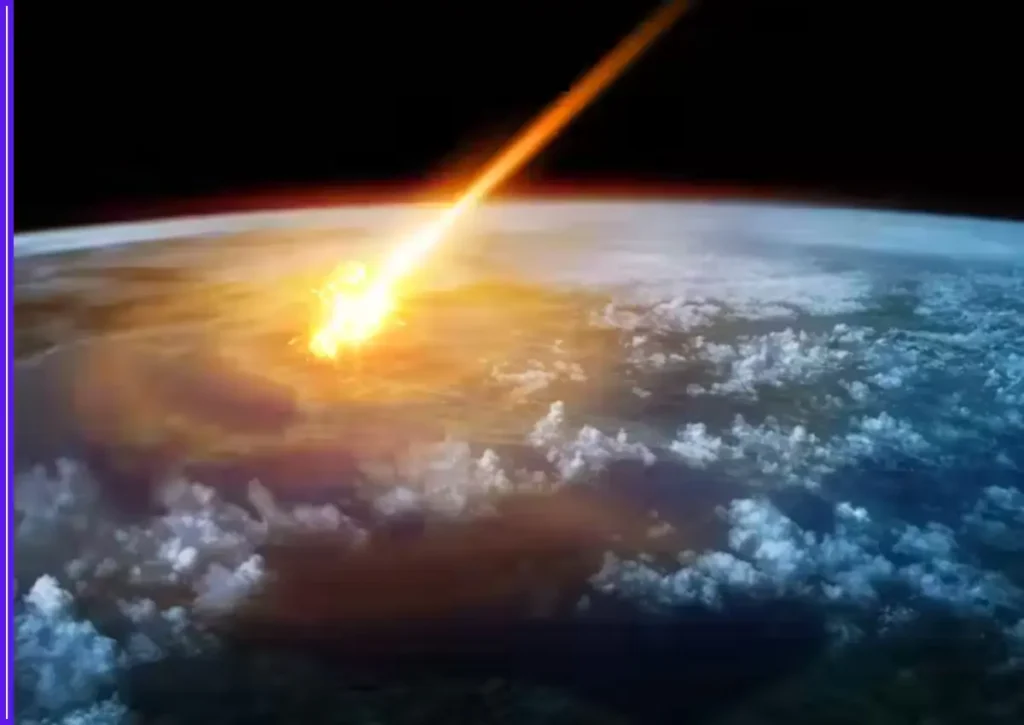An asteroid with energy comparable to 1,000 nuclear bombs is set to make a close approach to Earth this week, stirring global attention and a wave of concern in the scientific community.
Asteroid 2023 HX1, a massive space rock roughly 350 meters wide, is expected to pass within 1.2 million kilometers of Earth on May 27. While that may seem like a safe distance, in cosmic terms, it qualifies as a close encounter.

What makes 2023 HX1 so alarming is not just its size or speed—clocking in at over 68,000 kilometers per hour—but the raw energy it would release if it were on a collision course. For context, the asteroid that wiped out the dinosaurs was only about 10 kilometers wide, and much smaller objects have caused significant regional damage in Earth’s history.
Scientists on High Alert
NASA and international space agencies have been tracking HX1 since its discovery last year. It has been labeled a “potentially hazardous asteroid,” a term reserved for space objects that come unusually close and are large enough to cause catastrophic damage.
“This asteroid isn’t going to hit us—but it’s a loud knock at the door,” said Dr. Lila Montgomery, a planetary defense scientist at NASA. “It reminds us how active and unpredictable our solar system can be.”
Wake-Up Call for Planetary Defense
The flyby is sparking renewed discussion around Earth’s preparedness for space threats. Currently, global efforts are focused on detection and monitoring, but missions like NASA’s DART, which successfully altered the path of a small asteroid in 2022, hint at a growing toolbox for planetary defense.
Experts argue this close call could serve as a catalyst for faster international collaboration and investment in asteroid-deflection technology.
“This is not science fiction—it’s a real scenario we need to be ready for,” said Dr. Kabir Mehta, a researcher at the European Space Agency.
Can You See It?
While 2023 HX1 won’t be visible without professional equipment, stargazers with high-powered telescopes may catch a glimpse under the right sky conditions. Observatories around the world are expected to livestream the approach.
Despite the drama, scientists reassure the public that there’s no cause for panic. Instead, they hope this event will increase awareness about Earth’s place in a dynamic and sometimes dangerous universe.









